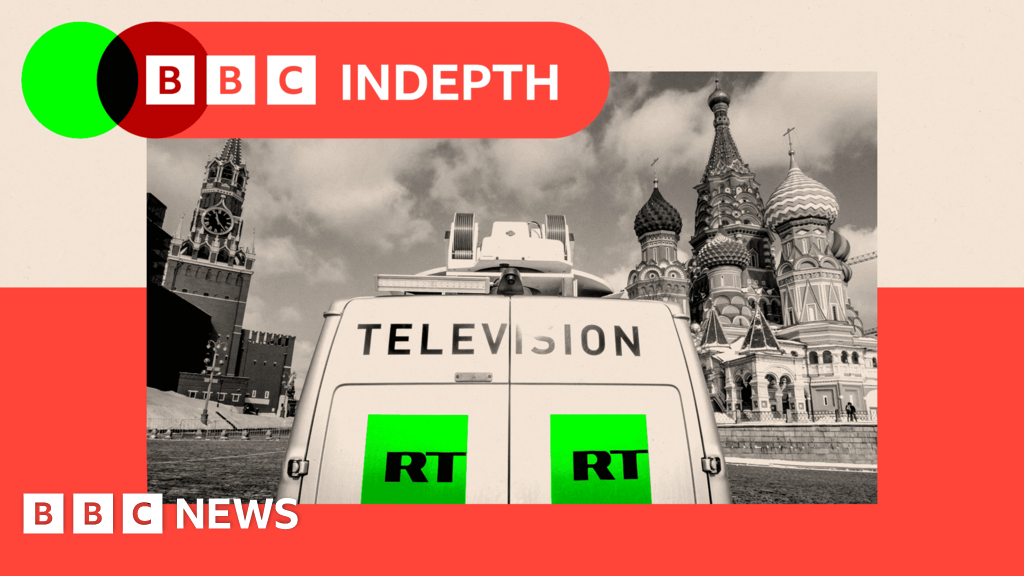Russia’s Expanding Media Footprint Amid Western Sanctions
In the aftermath of Russia’s full-scale invasion of Ukraine, Western nations imposed sweeping sanctions and restrictions on Russian state-backed media outlets like RT and Sputnik, citing the spread of disinformation about the war. These restrictions have been echoed by major tech companies, further limiting their reach in the West. However, while their influence wanes in Western nations, RT and Sputnik have embarked on a significant expansion campaign across Africa, the Balkans, the Middle East, Southeast Asia, and Latin America. This expansion coincides with the downsizing and withdrawal of some Western media outlets from these regions due to budget constraints and shifting foreign policy priorities, creating a void that Russian media is readily filling.
RT’s resurgence is particularly noticeable in Africa, where it has launched new bureaus, expanded language offerings, and initiated training programs for local journalists. This push coincides with existing pro-Russian sentiment in many African nations stemming from historical ties during the Cold War and anti-Western sentiments. RT’s strategy in these regions often involves adapting its message to resonate with local concerns, portraying itself as a voice for those critical of Western influence and alleged injustices. This tailored approach allows RT to gain traction with audiences who don’t necessarily view themselves as susceptible to disinformation but are drawn to alternative narratives.
RT’s tactics involve a blend of accurate reporting alongside explicit falsehoods and carefully curated narratives. Academic research into RT’s coverage reveals a pattern of highlighting social unrest in Western countries while emphasizing Russia’s military strength in domestic reporting. The outlet has also promoted false narratives about the annexation of Crimea, denied evidence of Russian war crimes in Ukraine, and spread conspiracy theories about the downing of MH17. Despite these documented instances of misinformation, many RT viewers claim to be able to discern truth from falsehood, highlighting the subtle nature of RT’s propaganda and the difficulty in assessing its impact.
RT’s expansion into Latin America further exemplifies its adaptive strategy. The channel offers free-to-air news in Spanish, filling a gap left by local news often focused on urban centers. Despite bans on YouTube, RT content still finds its way onto the platform through individual users who re-upload segments, demonstrating the persistence of its reach and the appeal of its alternative perspective to some viewers. In countries like Argentina, where RT is freely available, some viewers express appreciation for its broader regional and global coverage.
The effectiveness of Russia’s expanding media footprint is challenging to measure. While RT boasts impressive viewership figures, experts question the reliability of these metrics, emphasizing that availability does not equate to audience engagement. Nonetheless, anecdotal evidence suggests that Russian narratives, particularly regarding the invasion of Ukraine and NATO expansion, have gained traction in certain regions, contributing to hesitancy among some Global South leaders to condemn Russia’s actions. This aligns with Russia’s broader goal of reducing its international isolation and portraying itself as a defender of nations against Western aggression.
The implications of Russia’s media expansion are significant for the evolving global order and the future of democracy. Critics argue that the West’s media cutbacks have created an opening for Russia to exploit, normalizing its aggressive actions and undermining democratic values. As Russia’s influence in these regions grows, the risk of further polarization and erosion of trust in established media institutions becomes increasingly apparent. The battle for hearts and minds in the information space is far from over, and Russia’s strategic media expansion poses a complex challenge to the international community.


